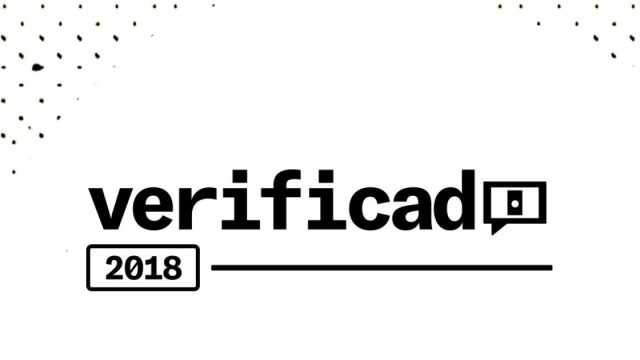Guessing your WiFi password may seem like the most difficult task in the world, but it is not. What's more, it can be a very simple operation. Above all, starting today, October 16. Today the way in which the WPA2 protocol can be violated, the one that protects our routers, a system invented 13 years ago and that was believed to be impregnable, will be made public.
The disclosure will be made through a study that will show the WPA2 master keys and will make any hacker who is within the coverage range of your home network or your office can connect to it without problems.
What does the violation of WPA2 mean?
A wide range of catastrophic misfortunes: from now on, a criminal can snoop on all the data that enters and leaves our computers, mobile phones, tablets or televisions that do not have as their destination or origin a web page that is not protected by the HTTPS protocol (to know if a website follows it or not, you just have to look at the address bar of the browser and check if the url starts with HTTPS or not).
How have they done it?
The WPA2 protocol was created 13 years ago to protect the shortcomings of the WPA system and to safeguard new wireless data broadcasting systems. WPA2 hacking is due to a series of techniques known as Key Reinstallation AttaCK or KRACK.
Who are the people in charge?
This 'achievement' is the work of a group of researchers who will present their system at the AMC Conference on Information and Communications Security to be held on November 1 in Dallas.
What can we do?
Users can do little or nothing about this threat. The vast majority of routers on the market use the WPA2 protocol, and the vulnerability that is going to be announced today can only be fought by the manufacturers of these devices and by the telecommunications companies.
These companies can update protection systems automatically, without the need for users to intervene. And no, at the moment you cannot change the protocol to protect the planet's wireless networks.
But we can do something, right?
But until the manufacturers release the updates, average users can make use of a virtual private network (VPN) to try to hide their trail on the Web. There are numerous options on the Internet that offer this service for free.
Another option may be to completely dispense with the WiFi network and connect through an Ethernet cable, but this option will only work for computers and televisions, excluding a large part of the gadgets that we have at home. But do not panic: if we browse pages that follow the HTTPS protocol, there should be no problem.
Source: http://www.revistagq.com












No Comment